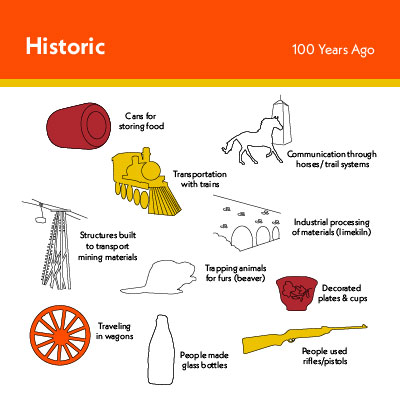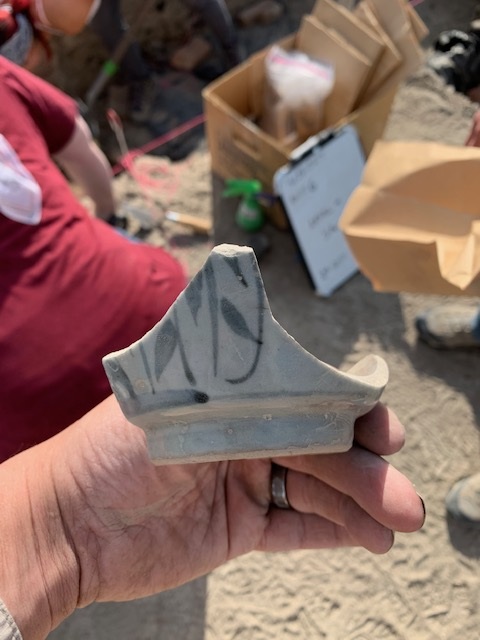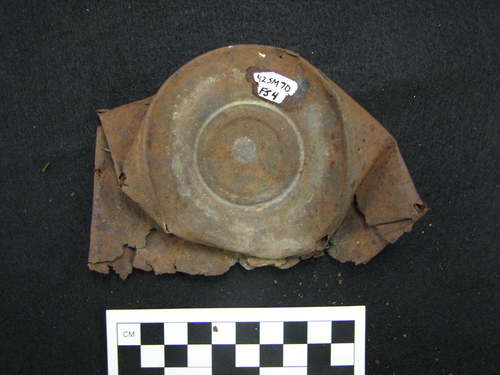By Chris Merritt
What Is Historical Archaeology?

When you think of “archaeology” do you picture ancient civilizations like Greece or Rome? Or maybe the famous Ancestral Puebloan ruins in southern Utah? But what about your home or the trash you and your family threw out? Even your trash is archaeology, because archaeologists study all human trash, regardless of how old it is.
Historical archaeologists study the peoples of Utah after European exploration and settlement began. When Europeans and European Americans arrived in what is now Utah, they left behind different types of trash than the people who lived here before. Instead of stone tools, projectile points, and grinding stones, these new people left behind metal, glass, and pottery.

Archaeologists can learn a lot from what historic peoples left behind—their log cabins, roads, canals and ditches, and even their trash. These physical pieces of the past can help uncover the stories of people who might not show up in written records because they were children, they were poor, or perhaps they didn’t read and write. This is where archaeology can help, as archaeologists can learn about these forgotten people by studying the places they built and the artifacts they left behind.
- Where did early historic settlers in Utah get their supplies? We can learn that from researching “maker’s marks,” which are logos on glass and pottery. By using special technology, we can find out where historic people got their goods.
- How did different groups of people in Utah live? Archaeologists look at the food they ate (such as animal bones and seeds), what was on their table (like plates and cups), and even what they did for fun (like playing with marbles, coins, or dolls). Studying these artifacts can give us a better appreciation and understanding of historical lives.
- How did the arrival of European Americans into Utah alter the lives of Native Americans? With the arrival of fur trappers, Spanish explorers, and other European American settlers, came the arrival of new material culture for Native American tribes. Artifacts such as trade goods, glass bottles modified into projectile points, beadwork, and other imported goods provide information on how tribes incorporated, accommodated, or resisted these new cultures.
Fort Douglas

One famous historical archaeology site in Utah is Fort Douglas in Salt Lake City. While there are many buildings still standing there today, the past residents of Fort Douglas left their mark all the way back to 1862 when it was built. Trash from the Fort Douglas Officer’s Club included fancy decorative pottery. But the soldier’s trash was simpler, with undecorated plates and cups, because that was what the Army gave them. Old buildings, which are now destroyed, still have foundations left underground. These foundations can tell archaeologists about how the fort changed over time. Every year archaeologists learn more about this incredible site.
Archaeology is not just about the past, but about the present. By studying these historic places, we can learn more about the history of the place we call home — Utah.
Learn more about how archaeologists know stuff.
Keep Exploring!
Return to the Archaeology page here.
Return to the I Love Utah History home page here.